Choosing your first set of golf clubs can feel overwhelming with all the options out there. But don’t worry! This guide will break down everything you need to know to find clubs that match your level, budget, and goals — making your start in golf easier and more fun.
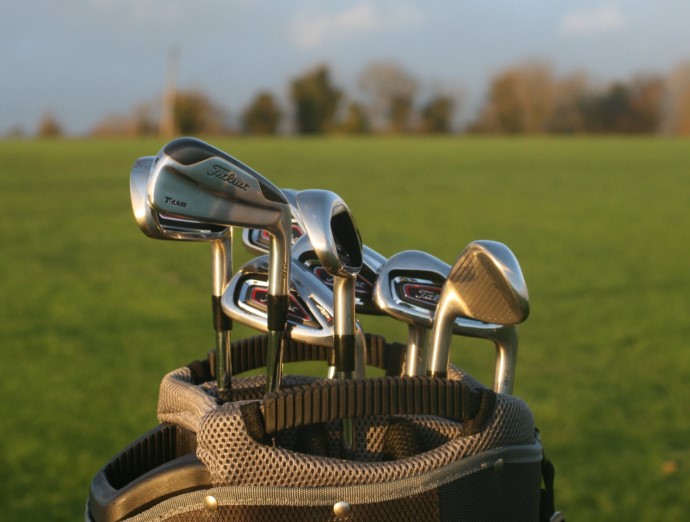
What to Consider Before Buying Your First Golf Clubs
Before buying your first clubs, think about your skill level and your budget. Beginners need forgiving clubs that help them hit straighter shots. Setting a budget early will also guide your choices — you don’t have to spend a fortune to get great equipment.
1. Skill Level: Start with Clubs That Forgive Mistakes
Are you a total beginner, or do you have some experience already?
- Beginners often benefit from clubs that are more forgiving with larger sweet spots.
- Intermediate players might want a bit more control and feel.
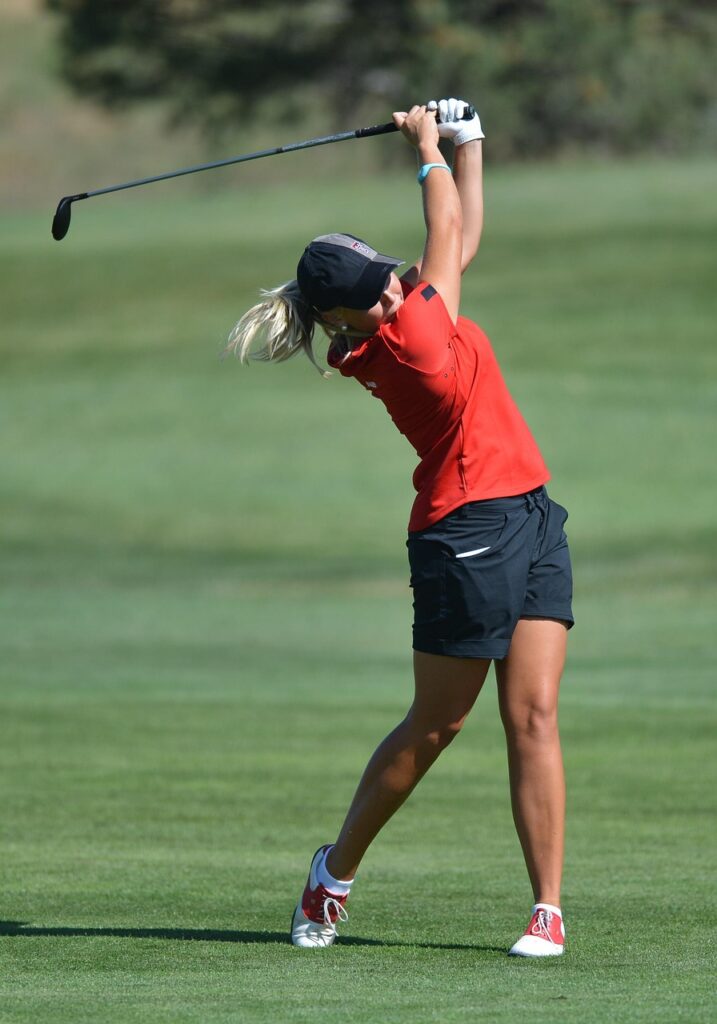
As a beginner, your swing will not be perfect — and that’s okay. That’s why your first clubs should be designed to help you, not punish you. Look for “game-improvement” clubs that have larger clubfaces, wide soles, and perimeter weighting. These features help create straighter, higher shots even when you miss the center of the clubface. Avoid players’ irons or low-lofted drivers that are built for experts. Your goal should be to find clubs that boost your confidence and make the game more enjoyable while you learn the basics.
➡️ Tip: Don’t buy clubs that are too advanced — it will slow your learning curve!
2. Your Budget
Golf can get expensive fast, but you don’t need to break the bank.
- Starter sets offer everything you need for a good price.
- You can also buy second-hand clubs in great condition to save money.
You don’t need to spend thousands of dollars on your first set. In fact, overspending on premium equipment can actually hurt your progress because you might end up with clubs that aren’t suited to your developing swing. Set a clear budget before you start shopping — somewhere between $300 and $700 can get you a full beginner-friendly set with all the essential clubs. Focus on value, not flashy brand names. You can also consider buying a high-quality used set, but make sure the clubs are still in good condition.
➡️ Tip: Invest more in good irons and a putter early on — you’ll use them the most.
3. Forgiveness: Your Secret Weapon for Progress
Forgiveness is one of the most important features for beginner golf clubs. A forgiving club helps minimize the damage from bad swings — meaning your shots still travel reasonably straight and far even when you don’t hit them perfectly. Look for clubs described as “forgiving,” “easy to hit,” or “game improvement.” Important forgiveness features include:
- Large clubhead size (especially drivers with 440–460cc heads)
- Wide soles on irons to avoid digging into the turf
- Perimeter weighting to stabilize off-center hits
- Higher lofts on drivers and fairway woods for easier launch
Choosing forgiving clubs means you’ll have more fun, stay motivated, and lower your scores faster.
Essential Clubs You’ll Need in Your First Set
Choosing the right clubs is critical to building a beginner-friendly golf set that sets you up for success. Here’s a breakdown of the essential clubs you should have, and what to look for in each one:
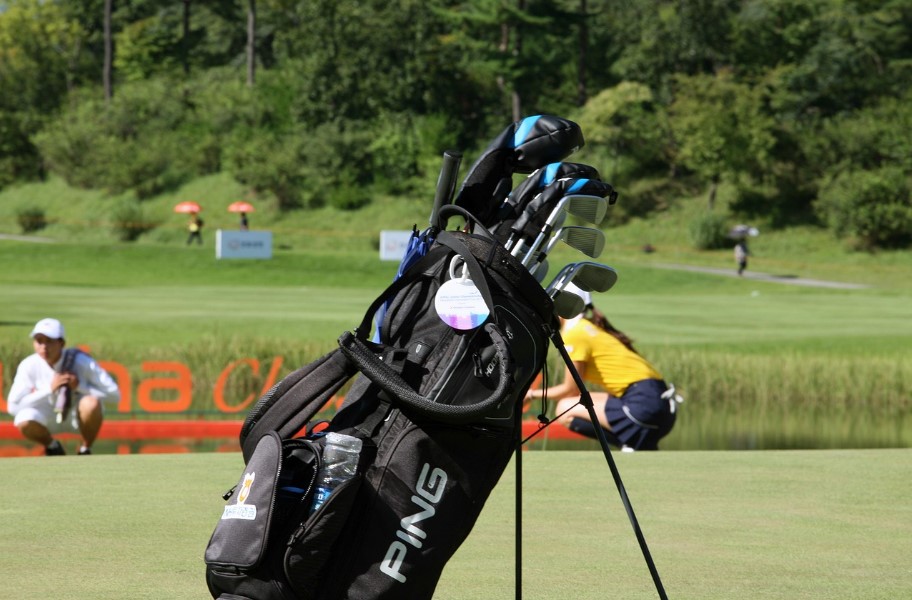
Driver
The driver is your longest club and is designed for tee shots. As a beginner, you should prioritize forgiveness over distance.
🔹 Look for a driver with a higher loft (between 10.5° and 12°). A higher loft helps launch the ball into the air more easily and reduces sidespin that causes slices.
🔹 Choose a 460cc clubhead (the largest allowed by the rules) for maximum forgiveness.
🔹 A lightweight shaft and a regular flex will also help you achieve better swing speed and control.
Pro Tip: Drivers designed for beginners often have offset clubheads that help square the face at impact, reducing slices.
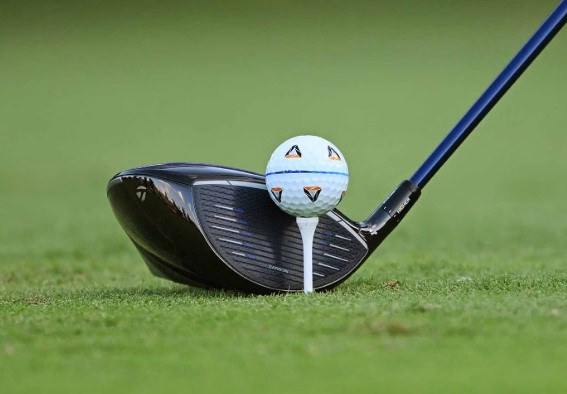
Fairway Woods and Hybrids
You’ll want at least one fairway wood, usually a 3-wood or 5-wood, and a couple of hybrids (like a 4-hybrid or 5-hybrid).
🔹 Fairway woods are ideal for long shots from the ground or tee. They have larger heads than irons but are easier to hit than drivers.
🔹 Hybrids replace harder-to-hit long irons. They feature a mix of wood and iron design, making them much more forgiving.
Pro Tip: Many beginners find they hit hybrids better than woods from the rough or fairway, so don’t be afraid to carry more hybrids in your bag!
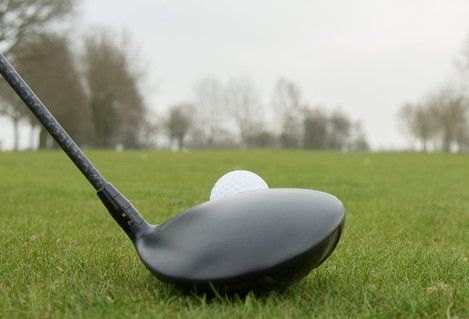
Irons (5–9)
Irons will make up the core of your set and will be used for a variety of shots from the fairway and rough.
🔹 Start with a 5-iron to 9-iron range.
🔹 Look for cavity-back irons rather than blade-style irons. Cavity-backs have perimeter weighting, which offers more forgiveness on off-center strikes.
🔹 Wider soles on irons also help prevent digging into the turf, making your shots smoother and more consistent.
Pro Tip: Some modern beginner sets replace the 5-iron with a 5-hybrid for even more forgiveness.
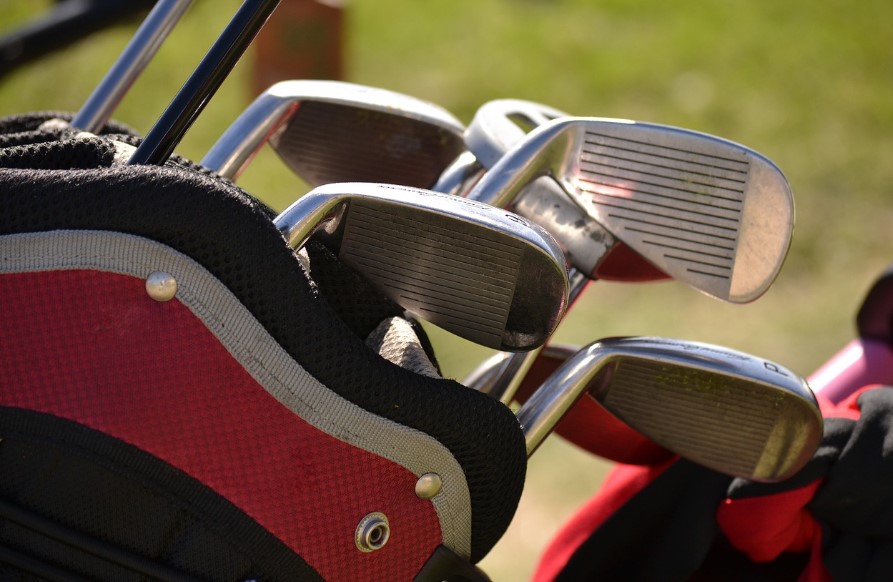
Wedges (PW, SW)
Wedges are your scoring clubs, designed for short approach shots and getting out of tough spots like bunkers.
🔹 A Pitching Wedge (PW) is standard and essential for approach shots from around 100 yards and in.
🔹 A Sand Wedge (SW) is critical for bunker play and high, soft shots around the green.
🔹 Look for wedges with a bit more bounce (10–14 degrees) to help prevent the club from digging too deep into the sand or turf.
Pro Tip: Some beginner sets include a Gap Wedge (GW) to bridge the distance between your pitching wedge and sand wedge.
Putter
Your putter is arguably the most important club — it’s used on every hole!
🔹 Beginners should start with a mallet-style putter instead of a blade. Mallet putters offer more forgiveness and better alignment aids.
🔹 Choose a putter that feels balanced and comfortable during the stroke.
🔹 Prioritize simple alignment lines that help you aim correctly.
Pro Tip: Spend time testing different putters — it’s worth finding one that fits your style early on!
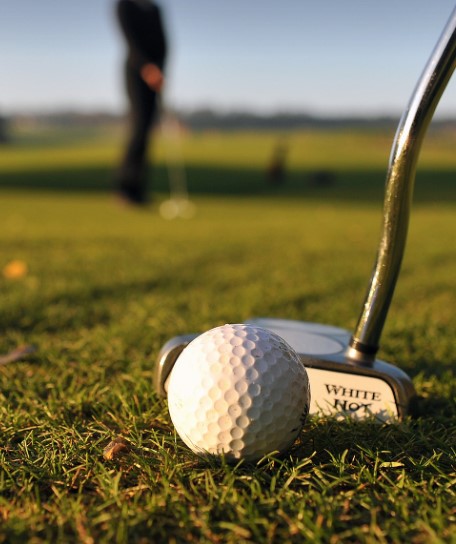
Common Mistakes When Buying Your First Golf Clubs
Buying your first set of golf clubs is exciting, but beginners often fall into some common traps that can hold back their progress. Here are key mistakes you should avoid:
1. Buying the Most Expensive Clubs
Many new golfers assume that the most expensive clubs must be the best. In reality, premium clubs are designed for advanced players with consistent swings. Expensive gear won’t fix beginner mistakes and could actually make the game harder. Focus instead on clubs designed for forgiveness and ease of use.
2. Skipping a Basic Fitting
Skipping a club fitting is one of the biggest errors. Even a simple fitting can help you get the right shaft flex, length, and grip size, dramatically improving your comfort and performance. Most golf shops offer free or affordable fittings when you purchase a set — don’t miss this opportunity.
3. Ignoring Forgiveness Features
Some beginners get tempted by “pro-style” clubs with thinner clubfaces and smaller heads. These clubs require perfect ball-striking skills. As a beginner, you need larger sweet spots, perimeter weighting, and higher lofts to make the game easier and more enjoyable.
4. Buying a Full 14-Club Set Too Early
You don’t need a full bag right away. Buying too many clubs can be overwhelming and unnecessary. A simple starter set — including a driver, a couple of hybrids, a few irons, wedges, and a putter — is more than enough. You can always add more specialized clubs later as your skills improve.
5. Not Testing the Clubs First
Buying clubs without trying them out first can lead to disappointment. Even among beginner sets, feel and comfort matter. If possible, test clubs at a local store, simulator, or demo day to find what feels right for your swing and posture.
6. Choosing the Wrong Shaft Flex
The shaft plays a crucial role in your swing performance. Beginners often mistakenly pick shafts that are too stiff, making it harder to square the clubface and generate good ball flight. Generally, a regular flex shaft is best for new players unless you have an unusually fast swing speed.
Features to Look for in Beginner Golf Clubs
1. Clubhead Size and Weight
When starting out, forgiveness is crucial in your clubs. It refers to how well a club helps you recover from off-center hits. A more forgiving club, such as a cavity-back iron or a driver with a larger head, reduces the impact of slight mistakes, making it easier to get a good result even when your swing isn’t perfect.
2. Clubhead Size and Weight
The size and weight of the clubhead can greatly influence your ability to hit the ball consistently. Larger clubheads, particularly for drivers and woods, provide a larger sweet spot, making it easier to strike the ball well. Additionally, lightweight clubs are better suited for beginners as they allow for a smoother and more controlled swing, helping you build confidence as you learn.
3. Shaft Flexibility
Shaft flexibility is important for maximizing distance and control, especially for beginners with slower swing speeds. Clubs with regular or senior flex shafts can help generate more power and accuracy on your shots. Choosing the right shaft flexibility ensures that your clubs complement your swing speed, providing better results.
4. Affordability
As a beginner, you don’t need to invest in high-end clubs right away. There are plenty of budget-friendly options that still offer the forgiving features, lightweight designs, and comfortable grips you need to get started. A complete beginner set can provide excellent value without compromising on performance.
Should You Buy a Full Set or Build Your Own?
When it comes to selecting your first set of golf clubs, one of the biggest decisions you’ll face is whether to purchase a pre-assembled full set or to build your own collection of individual clubs. Both options come with their own benefits and considerations, and the right choice largely depends on your personal preferences, budget, and level of commitment to the sport.
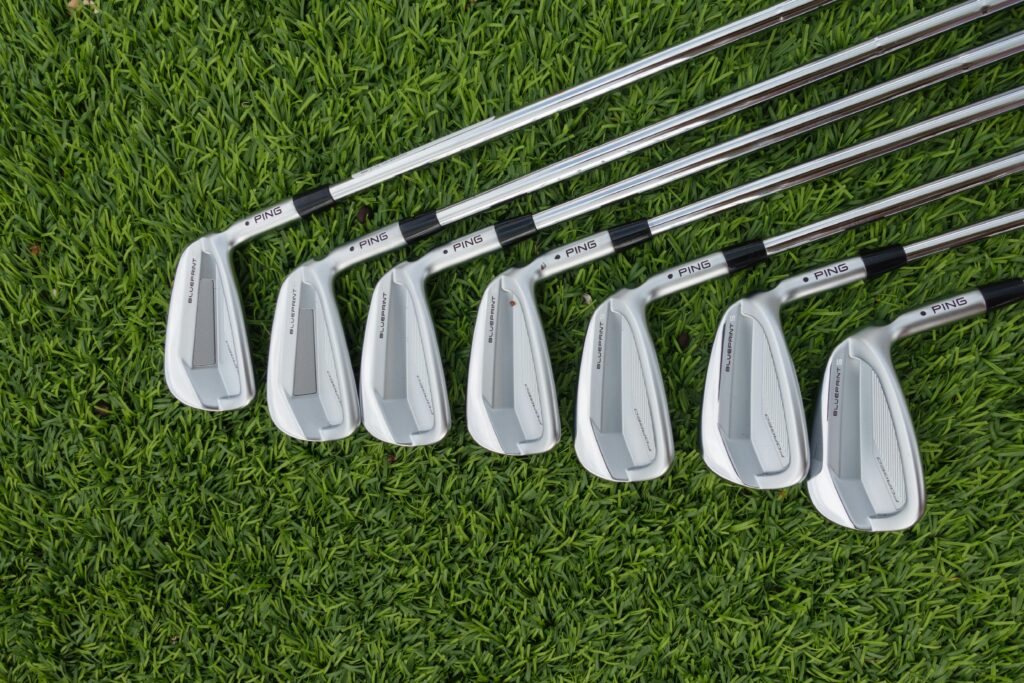
Buying a full set is often the more straightforward option for beginners. These sets typically include all the essential clubs you’ll need to get started, such as a driver, fairway woods, irons, wedges, and a putter. The major advantage of going this route is convenience—everything is designed to work together, ensuring that your clubs are well-balanced and that you have the right tools for different situations on the course. Full sets also tend to be more affordable, especially for those just starting out, as manufacturers offer bundled deals that provide good value for the money. They’re a great way to get a solid foundation without having to worry about individual club selection.
Ready to level up your golf journey?
Check out PlayPar’s reviews and guides to find the perfect beginner golf clubs — and start playing your best golf today!
